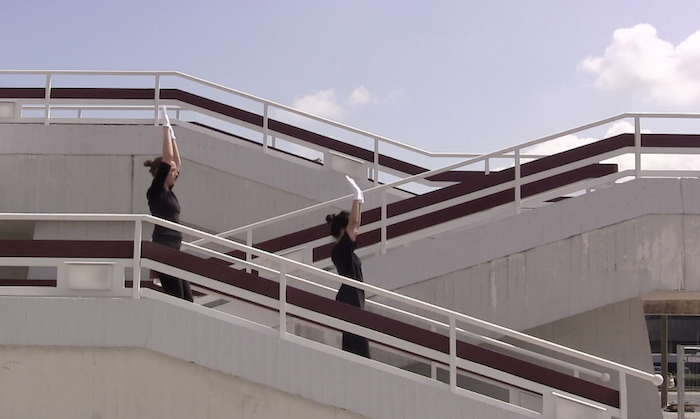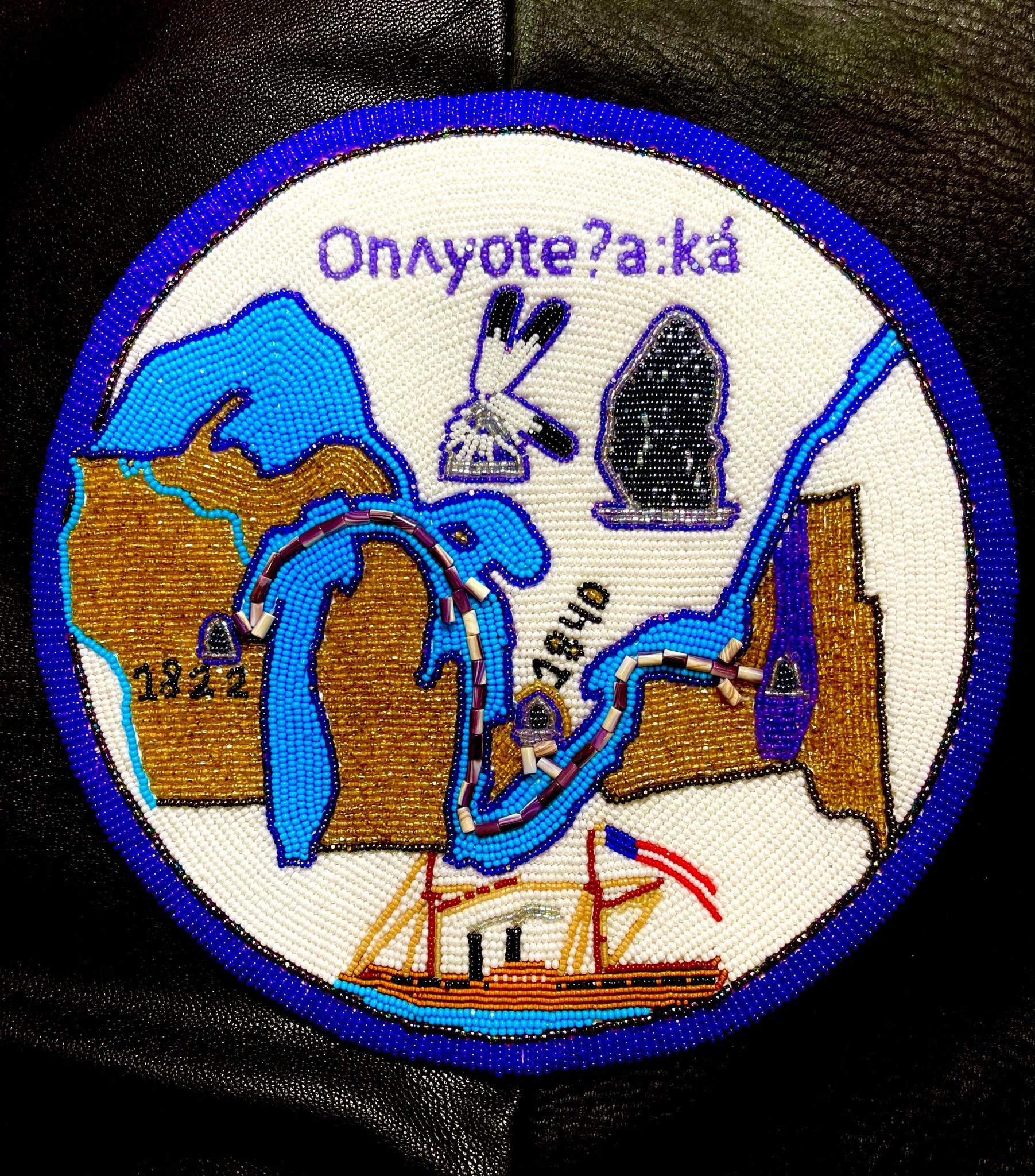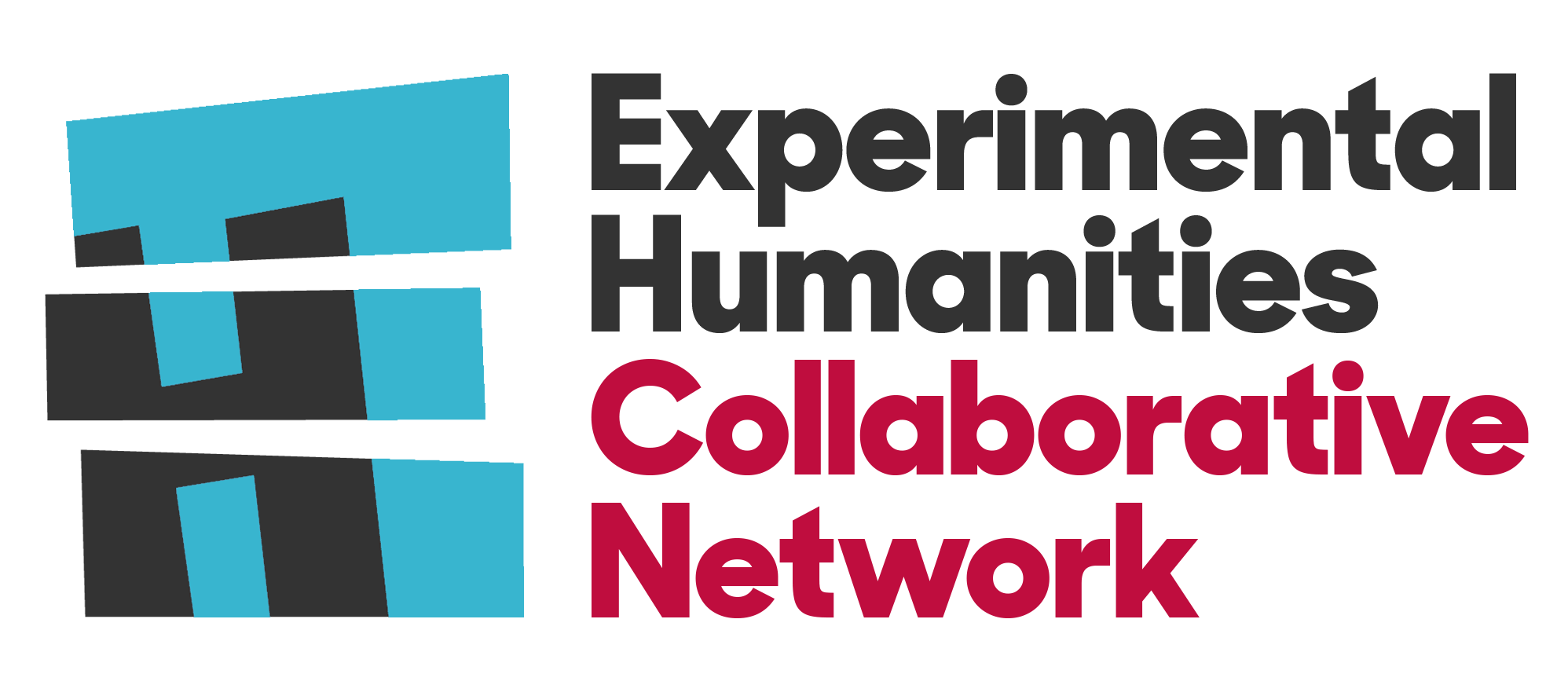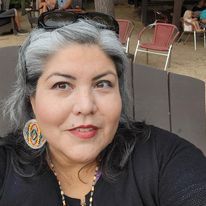
Welcome to Our new portfolio
Takwehya’:lak (Remember Us All-Ancestors) Healing Coat: Remembering the Journey of Onayote?a:ka (The People of the Standing Stone) Ancestors in 2023: a 200 year commemoration of relocation and sacrifice
2023
Elk hide, seed beads, wampum shells
Our true name is On^yote?aka...the People of the Standing Stone, which ties us to Creation and to the Earth’s elements. A standing stone witnesses the surroundings: the stone was said to follow us from village to village when we were semi-nomadic. The journey through two Great Lakes, to travel from New York to Wisconsin, was 767 nautical miles by steamboat. When Oneidas arrived in their new land in Wisconsin, it was wilderness. There were no roads, stores, homes or gardens. 2022 marks 200 years since Oneidas first arrived in Fort Green Bay. On^yote?a:ka chose relocation rather than starvation. Our homelands — fishing camps along On^yote?a:ka Lake, hunting grounds, orchards, berry patches — all six million acres were taken and we are left with 32 acres. These six million acres have new owners: the United States government, the state of New York, white settlers, and logging companies.
The beaded coat is a healing project. It recognizes the difficult history of colonization, land and culture loss, and survival by way of relocation. The coat tells the story of the journey through the Great Lakes using quahog shell, also known as wampum beads, via steamboat. The coat shares with us the sacred journey and sacrifice of the Onayote?a:ka families that left their homelands in Upstate NY, for Wisconsin and southern Ontartio. This coat allows us, the 7th generation, to remember our ancestors, the difficult history, encourage healing, unity, and uplifting the now three Oneida communities as one: On^yote?a:ka — The People of the Standing Stone Nation. We are in the process of reclaiming our true name, as a step toward also reclaiming and uplifting our identity and culture.






